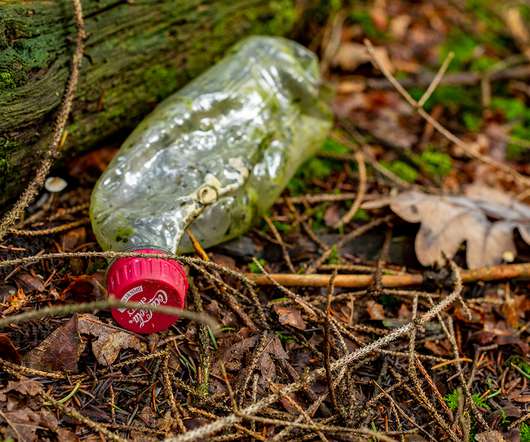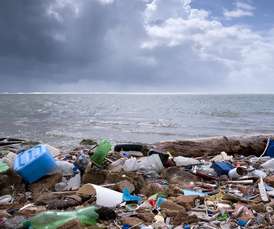Fast Fashion: The Damage It’s Caused and How to Stop It
The Environmental Blog
MARCH 19, 2020
Clothing production has approximately doubled since 2000, and it doesn’t show signs of slowing down. The microplastics in clothes are non-biodegradable and pollute the water. Recycled versions of cotton, wool, nylon or polyester are better for the environment than anything non-recycled. The Effects of Fast Fashion.

















Let's personalize your content